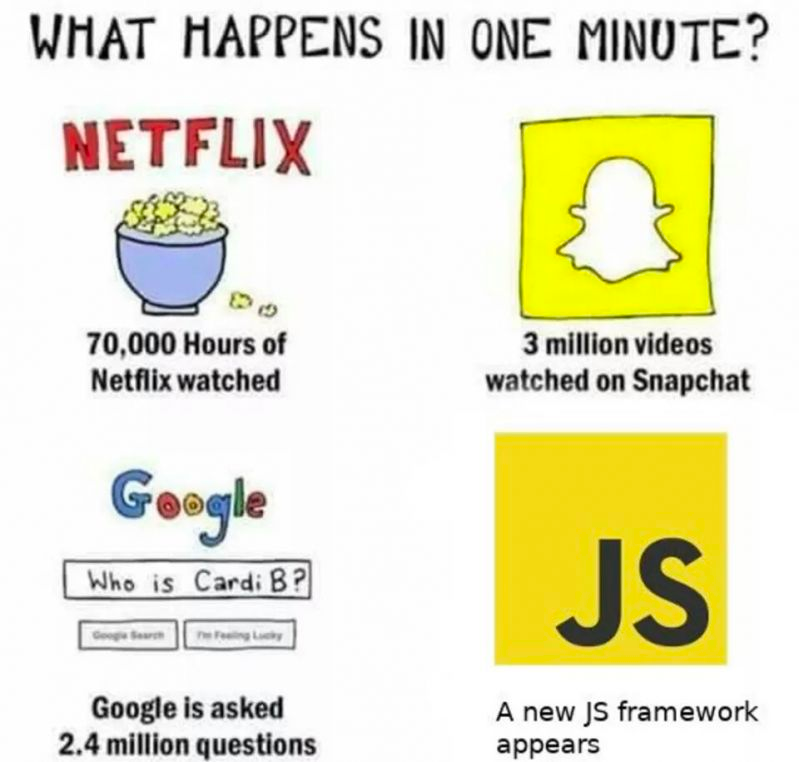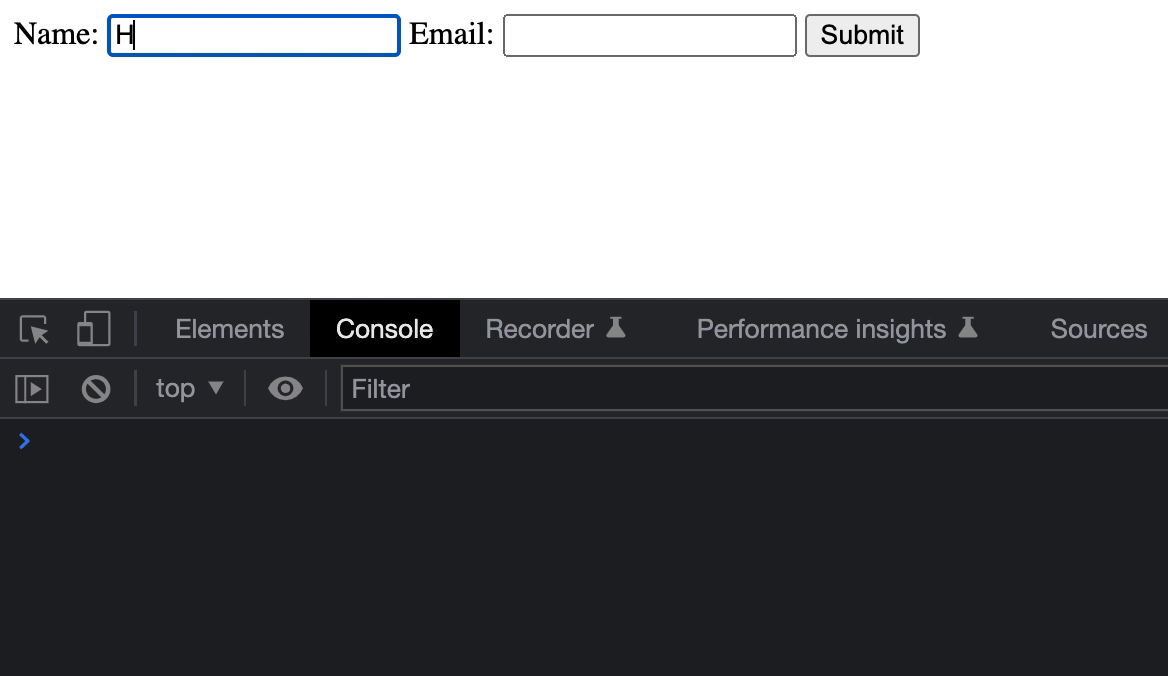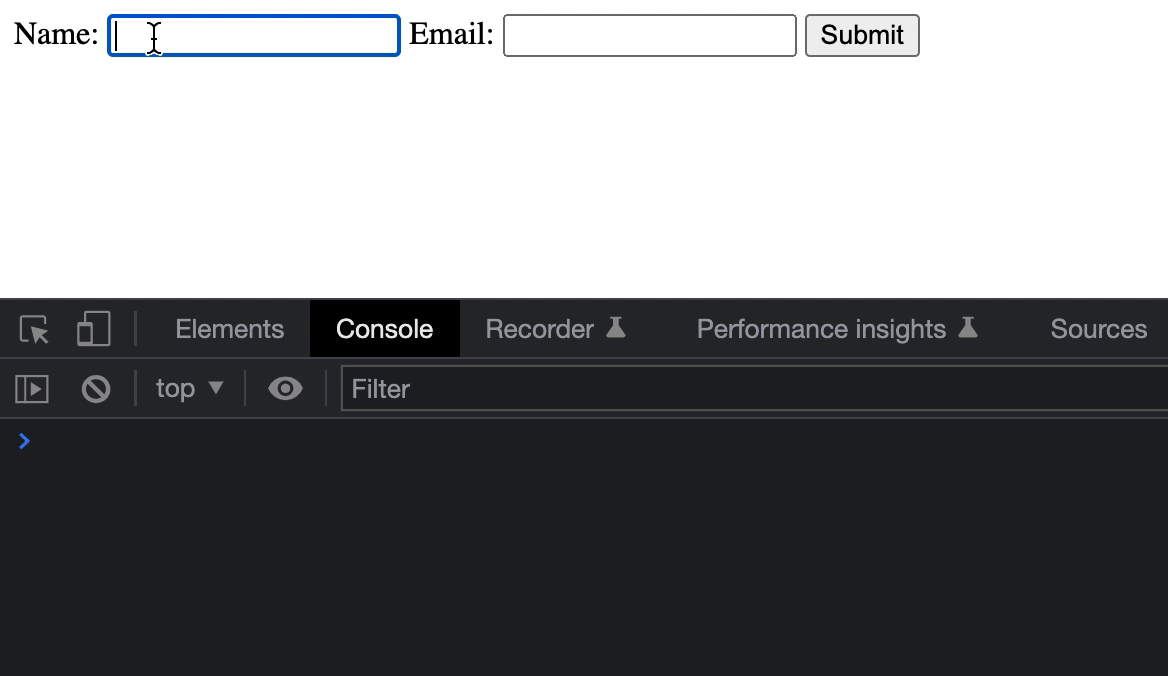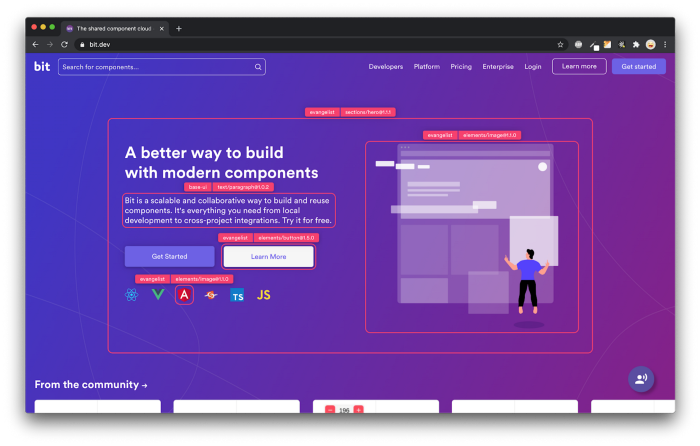This content originally appeared on Bits and Pieces - Medium and was authored by Hassan Djirdeh
Do you really need to use a Front End Framework?

Last month, we did a deep-dive tutorial on building a custom Q&A chatbot with React, Node.js, and OpenAI. In the next set of emails, we’ll be going back to discussing more front-end engineering-specific topics and today we’ll begin by looking to answer the age-old question: “Why do I even need to use one of these shiny new front-end frameworks?”.

This article is the fourth article sent on the frontendfresh.com newsletter. Subscribe to the Front-end Fresh newsletter to get front-end engineering tips, tutorials, and projects sent to your inbox on a weekly basis!
To answer the question directly — you don’t. It’s important to remember that web browsers don’t understand the syntax from tools like React, Vue, Angular, etc. — they can only parse HTML, CSS, and JavaScript to build a webpage. If you want to stick with using only the native web application languages, you can very well do so. However, using a front-end framework can make web development much easier and much more efficient.
With vanilla JavaScript, adding interactivity to a webpage can only be done through query selectors and event listeners. We select elements on the page with query selectors and use event listeners to handle user interactions with those elements.
As an example, assume we have markup like the following to create the template of a form:
<form>
<label for="name">Name:</label>
<input type="text" id="name" name="name" />
<label for="email">Email:</label>
<input type="email" id="email" name="email" />
<input type="submit" value="Submit" />
</form>
When it comes to introducing interactivity, we need to access DOM elements in our HTML (with query selectors and event listeners) to introduce the interactivity that we would want.
Here is an example of how we can use native JavaScript to interact with the form template shared above:
let form = document.querySelector('form');
let nameInput = form.querySelector('#name');
let emailInput = form.querySelector('#email');
form.addEventListener('submit', function(e) {
e.preventDefault();
let name = nameInput.value;
let email = emailInput.value;
console.log(`Name: ${name}, Email: ${email}`);
});The above code adds an event listener to the form which listens for a submit event. When the form is submitted, the code retrieves the values entered in the input elements and logs them to the console.

You can try out the above on Stackblitz here.
The above works well for simple scenarios but things can get difficult to manage quickly. As the complexity of a web application increases, the number of elements on the page and their associated states can grow quickly.
For example, imagine a large complex web application, like Facebook, that provides a wide range of features for users — including news feeds, messaging, groups, events, and more. The user interface logic of an application like this can be very complex, with different components and elements representing various aspects of the user’s interaction with the site.
React
This is the history behind why the React JavaScript library was created. As Facebook’s web application grew, the engineers in the company needed a way to manage the state of the application in a more efficient and scalable way. To solve this problem, Facebook engineer Jordan Walke created React.
React provided a new declarative way of building user interfaces by having developers describe what the program should do, rather than how it should do it. There are many ways React allows for this, such as:
- The UI of a web app is broken down into smaller reusable components.
- Components are pure functions which means that their output depends only on their input.
- When the state of a React component changes, the library automatically re-renders the component and updates the Document Object Model (DOM) to reflect the new state. No more do we need to query select and manipulate the DOM manually to update the view.
- And more…
Though I highlight React as an example of a front-end framework, pretty much all new front-end frameworks today share a very similar philosophy with minor differences between them. They all have the same core concepts of components, state, props (i.e. state passed from parent to child), declarative-style programming, etc.
Let’s go through the above form example we had earlier but instead look to build it up with React. We’ll look to first create a component and to do so, we need to define a function to describe the component name. As an example, we can define a function name of Form() to describe that we’re building a form component.
function Form() {}Note: React component names should always start with a capital letter!
To make a function a React component, it needs to return markup. With React, we’re able to do this with JSX, a syntax extension for JavaScript that allows us to write HTML elements within our JavaScript code. Here’s how we can have our Form() function return the markup of an HTML form.
function Form() {
return (
<form>
<label for="name">Name:</label>
<input type="text" id="name" name="name" />
<label for="email">Email:</label>
<input type="email" id="email" name="email" />
<input type="submit" value="Submit" />
</form>
)
}With that, we’ve created our <Form /> React component.
We saw earlier, in our standard JavaScript example, how we have to use query selectors and event listeners to add interactivity to our web elements. With React, however, we can achieve this by using state and props to manage the data and interactivity of our components.
State is an object that represents the data or information that a component needs to maintain and update. It allows a component to keep track of changes and respond to user interactions. We’ll look to replicate the form behavior we created in standard HTML and JavaScript in our React component with the help of component state.
For our <Form /> component, we can create a state object labeled formData to track the value entered in the inputs of our form. We’ll do this with the help of the useState() function Hook that will give us a formData object and setFormData() function that we can use to update state.
function Form() {
// creating state object
const [formData, setFormData] = React.useState(
{ name: "", email: "" }
);
return (
<form>
<label for="name">Name:</label>
<input type="text" id="name" name="name" />
<label for="email">Email:</label>
<input type="email" id="email" name="email" />
<input type="submit" value="Submit" />
</form>
)
}Within our component, we can define two new functions:
- handleChange(): this will be used to update the values of the input fields in our form.
- handleSubmit(): this will be used to submit the form.
function Form() {
// creating state object
const [formData, setFormData] = React.useState(
{ name: "", email: "" }
);
// handle change in our form inputs
function handleChange(e) {
setFormData({ ...formData, [e.target.name]: e.target.value });
}
// handle form submit
function handleSubmit(e) {
e.preventDefault();
console.log(formData);
}
return (
<form>
<label for="name">Name:</label>
<input type="text" id="name" name="name" />
<label for="email">Email:</label>
<input type="email" id="email" name="email" />
<input type="submit" value="Submit" />
</form>
)
}Our <Form /> component now behaves as we expect.

You can try out the above on Stackblitz here.
Our form written in React behaves almost identically to the form we created earlier with standard Javascript and HTML. However, there is a key distinction as to how we’ve implemented each form.
With standard JavaScript and HTML, we used query selectors and event listeners to add interactivity to our form.
With React, we achieved this by building our JavaScript logic into our component since components allow us to couple HTML and JavaScript together. In other words, we used a more declarative approach to building out the user interface (UI)!
Closing thoughts
React isn’t the first JavaScript/front-end framework to come into the scene. There have been tools like knockout.js, ember.js, angular.js, etc. that came before React to make front-end engineering more maintainable. However, React introduced many new concepts that are now widely recognized in many of today’s newer frameworks and libraries.
I recognize today’s email was more of an introductory discussion. For the next couple of weeks, I’ll be diving a bit deeper into topics like React Hooks, using Forms in React, and best practices when using React and TypeScript.
Build React Apps with reusable components, just like Lego

Bit’s open-source tool help 250,000+ devs to build apps with components.
Turn any UI, feature, or page into a reusable component — and share it across your applications. It’s easier to collaborate and build faster.
Split apps into components to make app development easier, and enjoy the best experience for the workflows you want:
→ Micro-Frontends
→ Design System
→ Code-Sharing and reuse
→ Monorepo
Learn more:
- How We Build Micro Frontends
- How we Build a Component Design System
- How to reuse React components across your projects
- 5 Ways to Build a React Monorepo
- How to Create a Composable React App with Bit
If you’re interested in a deep dive into the history behind React and how it was created, check out React.js: The Documentary on YouTube. I haven’t finished the documentary myself but it’s a great watch!
Subscribe to https://www.frontendfresh.com/ for more tutorials like this to hit your inbox on a weekly basis!
That’s it for today! See you next week. 🙂
— Hassan (@djirdehh)
Do you really need to use a Frontend Framework? was originally published in Bits and Pieces on Medium, where people are continuing the conversation by highlighting and responding to this story.
This content originally appeared on Bits and Pieces - Medium and was authored by Hassan Djirdeh
Hassan Djirdeh | Sciencx (2023-03-12T06:16:41+00:00) Do you really need to use a Frontend Framework?. Retrieved from https://www.scien.cx/2023/03/12/do-you-really-need-to-use-a-frontend-framework/
Please log in to upload a file.
There are no updates yet.
Click the Upload button above to add an update.
